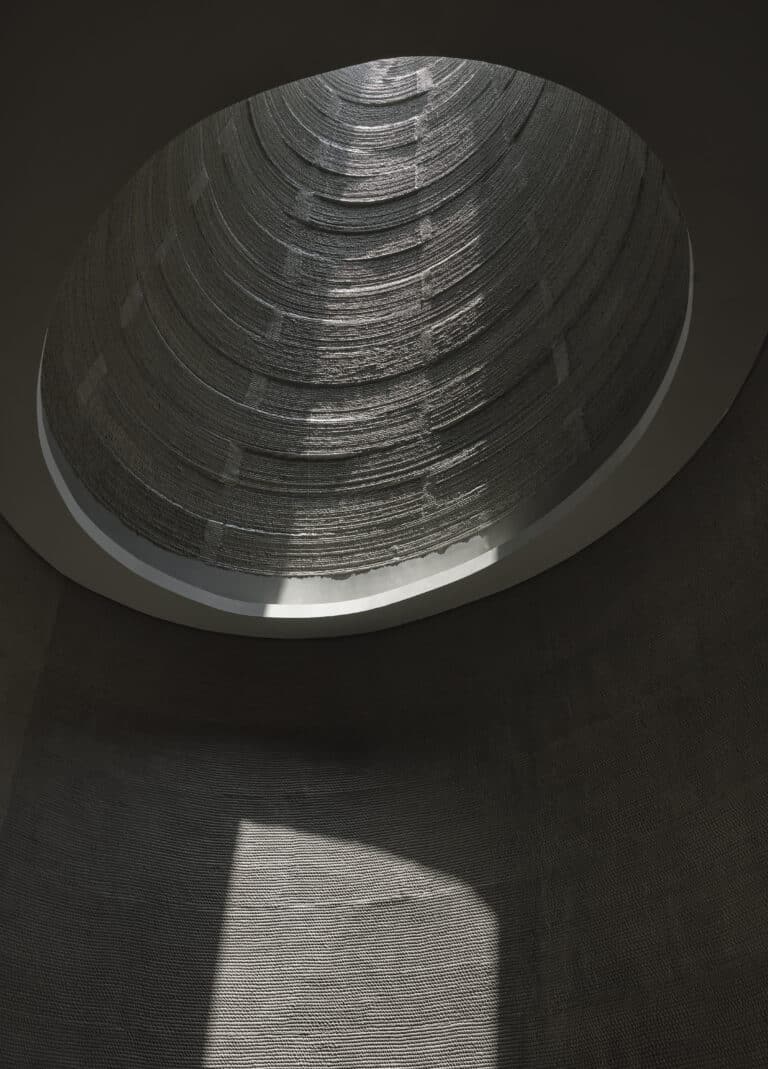Manifestations of heritage architecture in Al-Murabba Palace
Manifestations of heritage architecture in Al-Murabba Palace,
Al Murabba Palace is the first palace built in the Kingdom of Saudi Arabia, in the year 1356 AH.
It was prepared to receive King Abdul Aziz in Sha’ban in the year 1357 AH.
Where he moved to it from the Deira Palace, and in the year 1358 AH a memorial plaque was placed at the entrance to the palace, and the construction movement began in the Al-Murabba area in 1356 AH and lasted about ten years.
The Murabba Palace enjoys a high historical status, as it is the only building in the Murabba complex that has been receiving periodic care and maintenance.
This care has kept most of the building’s components in good condition,
with due consideration being given to preserving its original furniture and fixtures.
There was sufficient archival material for the activities in the palace and the nature of the works that were carried out in its parts,
so that the Murabba Palace remains a part of the memory of those who worked in it.
Or even those who went to him, whether to visit King Abdul Aziz – May God have mercy on him – or to follow up on their work with the palace officials.
Currently, the palace represents an important element in the King Abdulaziz Historical Center,
and plays the role of a mini-museum that documents the stage of formation of state institutions.
Manifestations of heritage architecture in Al-Murabba Palace
The palace building was completely restored according to a scientific methodology,
in which original local materials were used, and some of those who participated in its ancient construction participated in the restoration.
The palace rooms were re-furnished with the rest of the furniture preserved after its renovation,
especially the summer and winter council halls, the most famous palace offices, and some service rooms.

Museum vaults were also added, which included real exhibits from the flourishing period of the palace,
and introductory panels were added to them and the elements of the palace.
While the palace was reconnected via one of the three bridges that in the past linked it to some buildings and the mosque.
Where this bridge connects to the building of the King Abdul Aziz House,
which was established on the ruins of the King Abdul Aziz Residential Palace.
The bridge leads directly to the King Abdul-Aziz Memorial Hall in the Al-Dara Building,
which housed the King Abdul-Aziz Library and his private office.
It also includes some of his personal tools, to form the hall with the Murabba Palace, an integrated thematic unit.
the National Museum
One of the most prominent cultural institutions in the King Abdul-Aziz Historical Center,
which is a modern building, with international museum specifications.
The heritage aspects of it lie in its consistency with the urban environment of the project, and the nature of the materials used lies in the covering of its walls.
And also the lack of control of the museum building, despite its huge size, on the project land,
as the building allows pedestrian traffic to penetrate it in more than one location.
The landscapes of the gardens and the natural environment overlap with the building formations,
maintaining the green visual environment of the site.
You may like: King Abdul-Aziz Historical Center and its influence on heritage architecture




